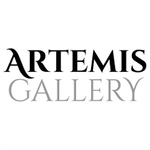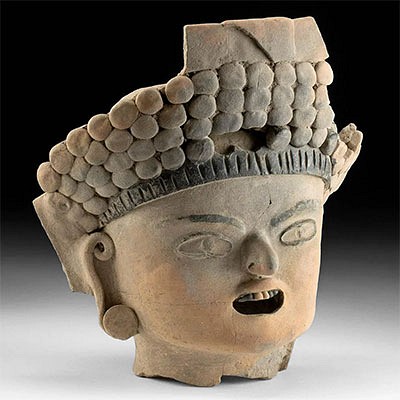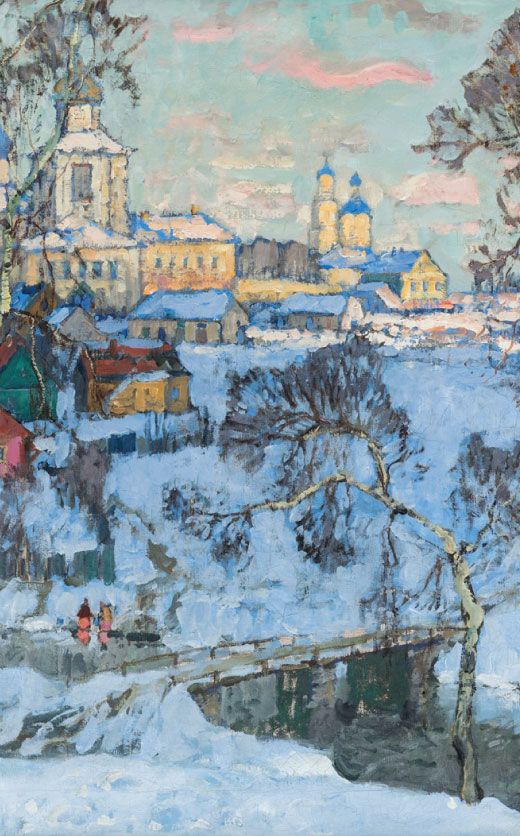Ltd. Ed. Swazo Hinds Lithograph "Eagle Dancers" (1972)
Lot 256
About Seller
Artemis Fine Arts
686 S Taylor Ave, Ste 106
Louisville, CO 80027
United States
Selling antiquities, ancient and ethnographic art online since 1993, Artemis Gallery specializes in Classical Antiquities (Egyptian, Greek, Roman, Near Eastern), Asian, Pre-Columbian, African / Tribal / Oceanographic art. Our extensive inventory includes pottery, stone, metal, wood, glass and textil...Read more
Categories
Estimate:
$400 - $600
Absentee vs Live bid
Two ways to bid:
- Leave a max absentee bid and the platform will bid on your behalf up to your maximum bid during the live auction.
- Bid live during the auction and your bids will be submitted real-time to the auctioneer.
Bid Increments
| Price | Bid Increment |
|---|---|
| $0 | $25 |
| $300 | $50 |
| $1,000 | $100 |
| $2,000 | $250 |
| $5,000 | $500 |
| $10,000 | $1,000 |
| $20,000 | $2,500 |
| $50,000 | $5,000 |
| $100,000 | $10,000 |
| $200,000 | $20,000 |
About Auction
By Artemis Fine Arts
May 18, 2023
Set Reminder
2023-05-18 10:00:00
2023-05-18 10:00:00
America/New_York
Bidsquare
Bidsquare : Ancient | Asian | Ethnographic Art
https://www.bidsquare.com/auctions/artemis-gallery/ancient-asian-ethnographic-art-12797
Featuring classical antiquities, ancient, and ethnographic art from cultures encompassing the globe. Egyptian, Greek, Roman, Near Eastern, Asian, Pre-Columbian, Native American, African / Tribal, Oceanic, Spanish Colonial, Fossils, more! All legally acquired, legal to sell. Satisfaction guaranteed. Artemis Fine Arts info@artemisgallery.com
Featuring classical antiquities, ancient, and ethnographic art from cultures encompassing the globe. Egyptian, Greek, Roman, Near Eastern, Asian, Pre-Columbian, Native American, African / Tribal, Oceanic, Spanish Colonial, Fossils, more! All legally acquired, legal to sell. Satisfaction guaranteed. Artemis Fine Arts info@artemisgallery.com
- Lot Description
**Originally Listed At $500**
Patrick Swazo Hinds (Tesugue Pueblo, 1924-1974). "Eagle Dancers" stone lithograph on paper, 1972. Edition number 43/70. Hand-signed, numbered, and dated in pencil at the bottom. Patrick Swazo Hinds' "Eagle Dancers" is part of his Tesuque Pueblo portfolio. In this composition, Swazo Hinds presents a pair of Tewa Eagle Dancers engaged in swooping bird-like movements while wearing elaborate avian outfits replete with feathered "wings" and beaked headdresses as well as kilts trimmed with seashells that create a lively jingling sound as they dance. A captivating vision in a brilliant color palette of buttery yellow, cornflower blue, black, grey and white hues - replete with impressive artistry, style, and ethnographic meaning and symbolism. Size: 22" L x 30" W (55.9 cm x 76.2 cm) Size of frame: 30.875" L x 38.6" W (78.4 cm x 98 cm)
Pueblo peoples revere eagles and believe that they represent the links between the earthly world and the supernatural world. Their gift of soaring flight is thought to provide a means of delivering the requests, prayers, and thanks for what the katsinas have delivered.
Artist Biography: "Patrick Swazo Hinds was a renowned artist and painter whose work combined Native motifs with a modern style that became an expression of his heritage and culture. As a child, he was adopted and moved to California where he pursued his education in art. He attended Hill and Canyon School of Arts in Santa Fe, New Mexico; California College of Arts and Crafts in Oakland; Mexico City College; and the Art Institute of Chicago. He also served in the U.S. Marines during the Korean War, and later worked as a teacher before becoming a full-time artist. Over his lifetime, Swazo Hinds's works have been shown in numerous exhibitions, including at the San Francisco Museum of Modern Art, and are in the permanent collections of the Institute of American Indian Arts and the National Museum of the American Indian.
As an important person in the California art scene, Swazo Hinds departed from the traditional style and painted highly abstracted pieces that emphasized his connection to his Pueblo culture, which he visited every summer after his adoption. He stated, 'I have worked hard to learn to paint and now I have chosen to paint the Indian . . . and his religion and his culture as I understand it. I can paint an Indian as ugly as I want, because there is pain, there is sorrow, there is suffering. I can paint him beautiful, because that is there, too.'" (Autry Museum of the American West website)
This edition consisted of 70 numbered impressions on buff Arches paper, plus two Tamarind Impressions, and seven artist's proofs. In addition, a few trial proofs exist and are recorded at Tamarind. Note: this example has the Tamarind blindstamp on the lower right.
Provenance: ex-private Bishop Family Trust collection, the Trust of the late Bill Bishop, a noted antiquarian with shops in Scottsdale, Arizona and Allenspark, Colorado, USA, acquired before 2010
All items legal to buy/sell under U.S. Statute covering cultural patrimony Code 2600, CHAPTER 14, and are guaranteed to be as described or your money back.
A Certificate of Authenticity will accompany all winning bids.
We ship worldwide and handle all shipping in-house for your convenience.
#173167This stone lithograph is hand-signed, numbered, and dated in pencil at the bottom. It also has a Tamarind Institute blindstamp on the lower right corner. The impression is very strong with bold color and vivid imagery. The print is set in an attractive custom frame under glass and has not been examined outside the frame. This said, it appears to be in excellent condition. The frame is also in wonderful condition save a few minor scuffs/nicks. Fitted with a suspension wire and ready to display. A gorgeous piece.Condition
- Shipping Info
-
All shipping is handled in-house for your convenience. Your invoice from Artemis Gallery will include shipping calculation instructions. If in doubt, please inquire BEFORE bidding for estimated shipping costs for individual items.
-
- Buyer's Premium



 EUR
EUR CAD
CAD AUD
AUD GBP
GBP MXN
MXN HKD
HKD CNY
CNY MYR
MYR SEK
SEK SGD
SGD CHF
CHF THB
THB














